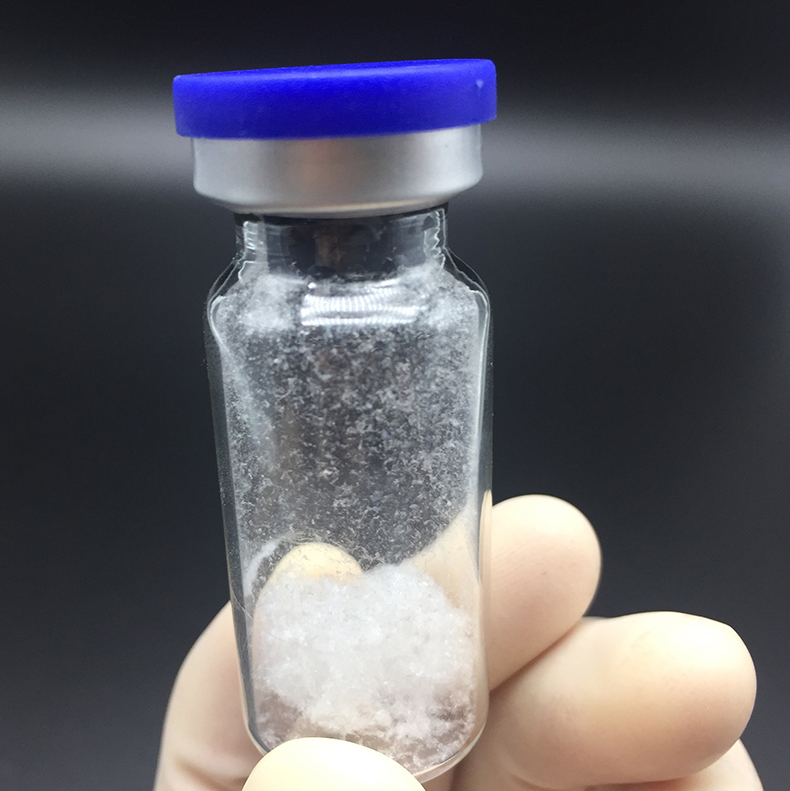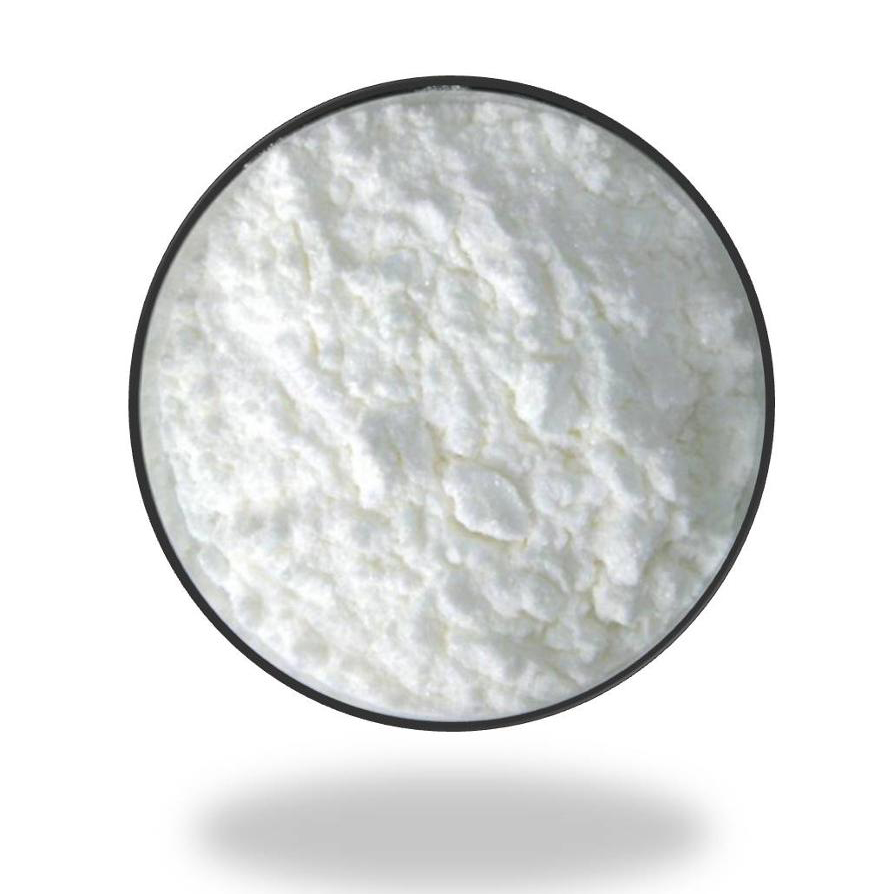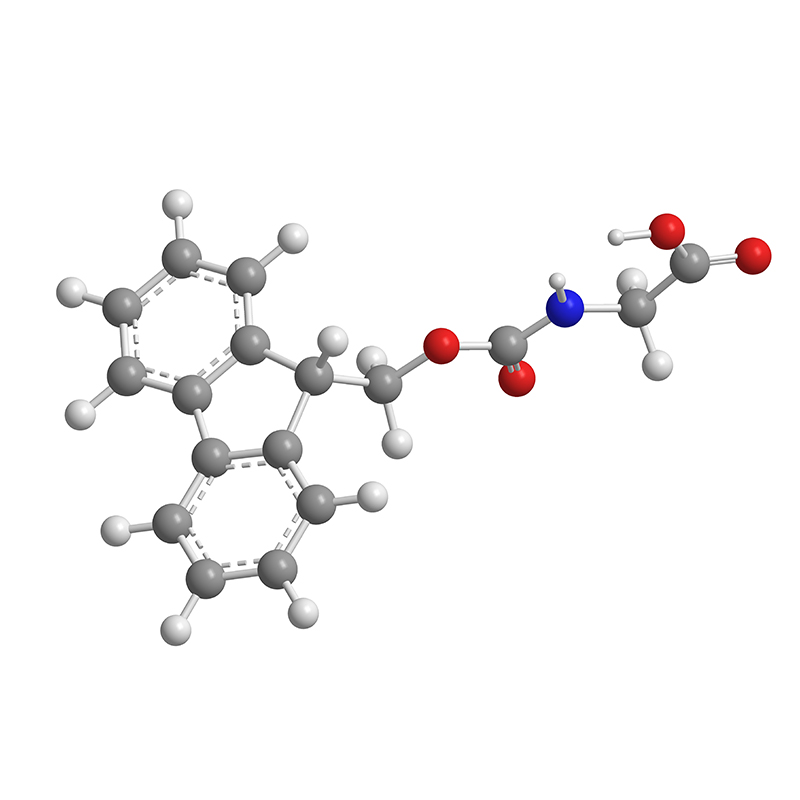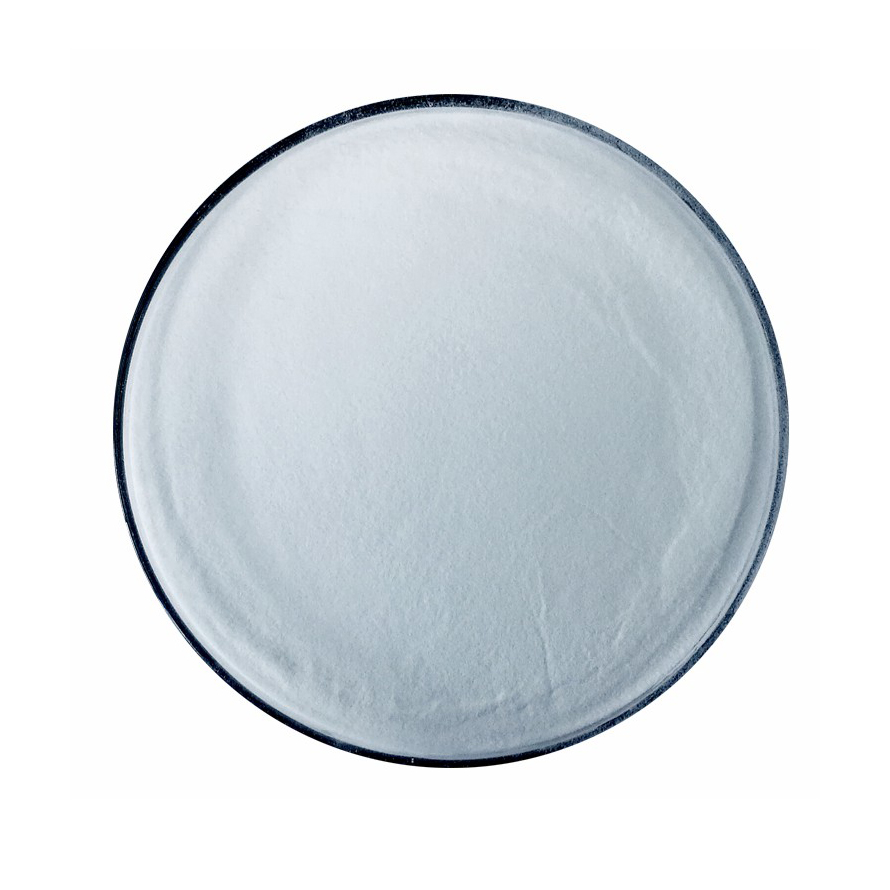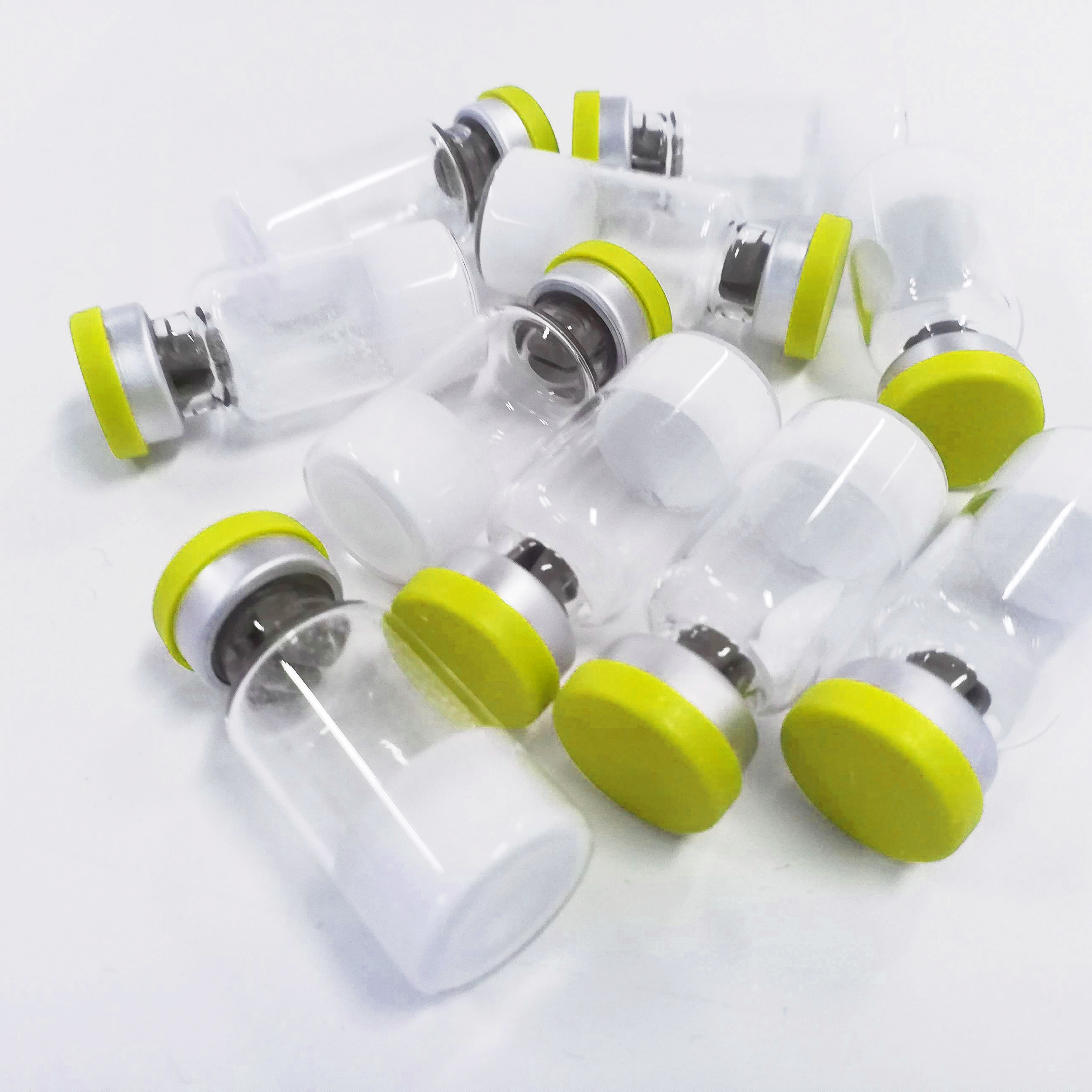Professional China Limiting Amino Acid In Wheat - Terlipressin Acetate for Esophageal Variceal Bleeding – Gentolex
Professional China Limiting Amino Acid In Wheat - Terlipressin Acetate for Esophageal Variceal Bleeding – Gentolex Detail:
Product Detail
| Name | N-(N-(N-Glycylglycyl)glycyl)-8-L-lysinevasopressin |
| CAS number | 14636-12-5 |
| Molecular formula | C52H74N16O15S2 |
| Molecular weight | 1227.37 |
| EINECS Number | 238-680-8 |
| Boiling point | 1824.0±65.0 °C (Predicted) |
| Density | 1.46±0.1 g/cm3(Predicted) |
| Storage conditions | Keep in dark place, Inert atmosphere, Store in freezer, under -15°C. |
| Acidity coefficient | (pKa) 9.90±0.15 (Predicted) |
Synonyms
[N-α-Triglycyl-8-lysine]-vasopressin;130:PN: WO2010033207SEQID:171claiMedprotein; 1-Triglycyl-8-lysineVasopressin; Nα-Glycyl-glycyl-glycyl-[8-lysine]-vasopressin; Nα-Glycyl-glycyl-glycyl-lysine-vasopressin; Nα-Glycylglycylglycyl-vasopressin; Nα-Gly-Gly-Gly-8-Lys-vasopressin; Terlipressin, Terlipressine, Terlipressina, Terlipressinum.
Description
Terlipressin, whose chemical name is triglycyllysine vasopressin, is a new synthetic long-acting vasopressin preparation. It is a kind of prodrug, which is inactive by itself. It is acted by aminopeptidase in vivo to slowly “release” the active lysine vasopressin after removing the three glycyl residues at its N-terminus. Therefore, terlipressin acts as a reservoir that releases lysine vasopressin at a steady rate.
The pharmacological effect of terlipressin is to contract splanchnic vascular smooth muscle and reduce splanchnic blood flow (such as reducing blood flow in the mesentery, spleen, uterus, etc.), thereby reducing portal blood flow and portal pressure. On the other hand, it can also reduce plasma The effect of renin concentration, thereby increasing renal blood flow, improving renal function and increasing urine output in patients with hepatorenal syndrome. Terlipressin is currently the only drug that can improve the survival rate of patients with esophageal variceal hemorrhage. It was mainly used in the clinical treatment of variceal hemorrhage. In addition, terlipressin has also been successfully used in the liver and kidney. In general, it is likely to play a beneficial role in coexisting refractory shock and cardiopulmonary resuscitation. Compared with vasopressin, it has a long-lasting effect, does not cause dangerous complications, including fibrinolysis and serious complications in the cardiovascular system, and is simple to use (intravenous injection), which is more suitable for acute and critical care. Rescue and treatment of critically ill patients.
Product detail pictures:



Related Product Guide:
We not only will try our greatest to supply outstanding services to every shopper, but also are ready to receive any suggestion offered by our buyers for Professional China Limiting Amino Acid In Wheat - Terlipressin Acetate for Esophageal Variceal Bleeding – Gentolex , The product will supply to all over the world, such as: Switzerland, Zambia, Angola, The company attaches great importance to product quality and service quality, based on the business philosophy "good with people, genuine to whole world, your satisfaction is our pursuit". we design products, According to customer's sample and requirements, to meet the needs of the market and offer different customers with personalized service. Our company warmly welcomes friends at home and abroad to visit, to discuss cooperation and seek common development!
In China, we have many partners, this company is the most satisfying to us, reliable quality and good credit, it is worth appreciation.


